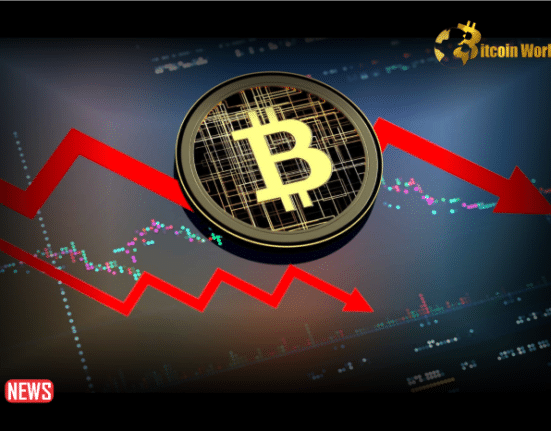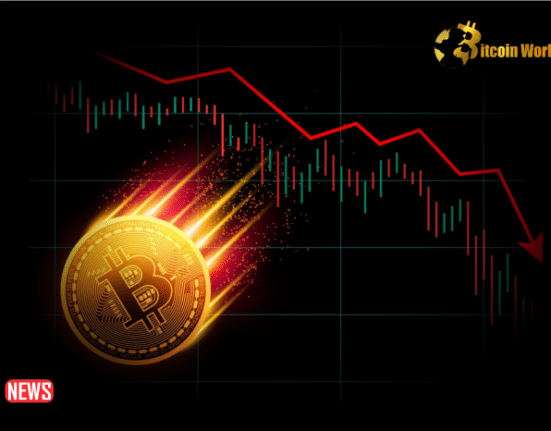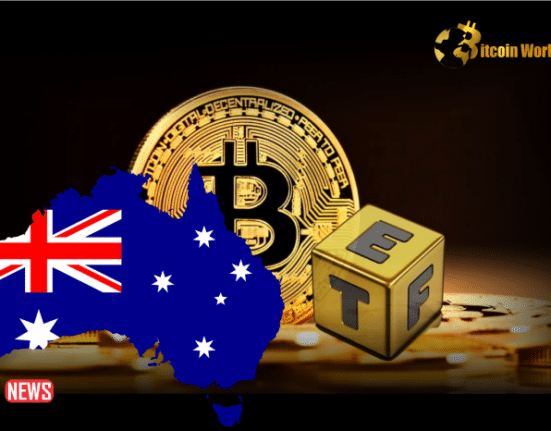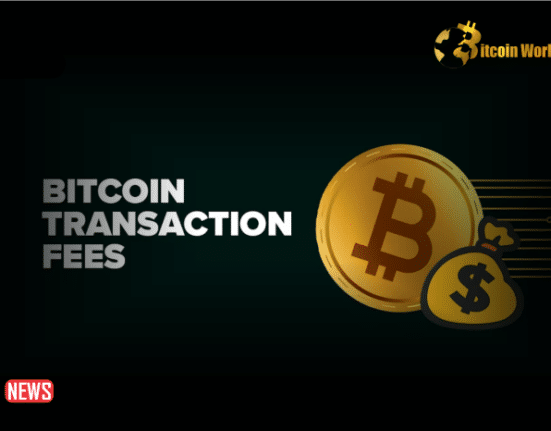Another wave of NFTs is about to overwhelm the Bitcoin blockchain—and they are not Ordinals. The emerging STAMPS (Secure Tradeable Art Maintained Securely) protocol proposes a novel approach of embedding picture data into the OG blockchain, with different tradeoffs than the inscription technique that gained favor earlier this year.
Rather than keeping picture data within prunable transaction witness data, “Bitcoin Stamps” simply store it into spendable transaction outputs. “By doing so, the data is preserved in such a way that pruning from a full node is impossible, preserving the data immutably forever,” stated Stamps inventor Mike In Space on the project’s GitHub website. The developer stated that he is already in talks with Emblem and Hiro Wallet about protocol integrations, with the former allowing users to purchase and trade Stamps on OpenSea.
As the price of Ordinals rose in early February, supporters contended that they were preferable than NFTs on other platforms because they stored picture data within the Bitcoin network. Ethereum NFTs, on the other hand, are often merely image pointers to centralized hosting services that may be altered by anybody with access to the image URL.
However, even Ordinals data can be pruned by individual node runners at their discretion, reducing the immutability and decentralization benefits of such NFTs. As a result, Bitcoin Stamps go the extra mile, requiring nodes to store their picture data across a variety of unspent transaction outputs. (UTXOs). The NFT is then propagated around the network using Counterparty, an outdated system that first introduced Bitcoin pictures in 2014, before the word “NFT” existed.
“They are good for the preservation of art forever by storing them securely on the strongest ledger ever devised by man, backed by Proof of Work,” the developer explained over DM to Decrypt. He also mentioned that additional services, such as Rarity Garden’s Name Service, are currently being developed on top of the STAMPS protocol.
However, keeping data across all Bitcoin nodes has a cost—quite literally. To compensate for the protocol’s implied storage costs, the protocol’s developer advises employing Stamps for lightweight “24×24 pixel, 8-color-depth PNG or GIF” images. He said on GitHub, “The constraints of this “canvas” are ideal for pixel art.” “The CryptoPunks, in particular, use a native resolution of 24×24 pixels.”
Stamps also have the advantage of being “semi-fungible”: they may be issued as “one of one” or “one of many” digital assets. Trevor.btc, presenter of The Ordinals Show on Twitter, identified this functionality as comparable to the Ethereum ERC-1155 multi-token standard, and cited it as a cause for their astronomical rise.
According to the Stamps website, approximately 8,300 Stamps have been issued since their March 7 introduction, compared to less than 500 Ordinals in the same time period. However, the number of Ordinals on Bitcoin continues to rise, with over 910,000 inscriptions to far, according to Dune Analytics. Major businesses like as Bored Ape Yacht Club and Bugatti have already embraced the technology.















